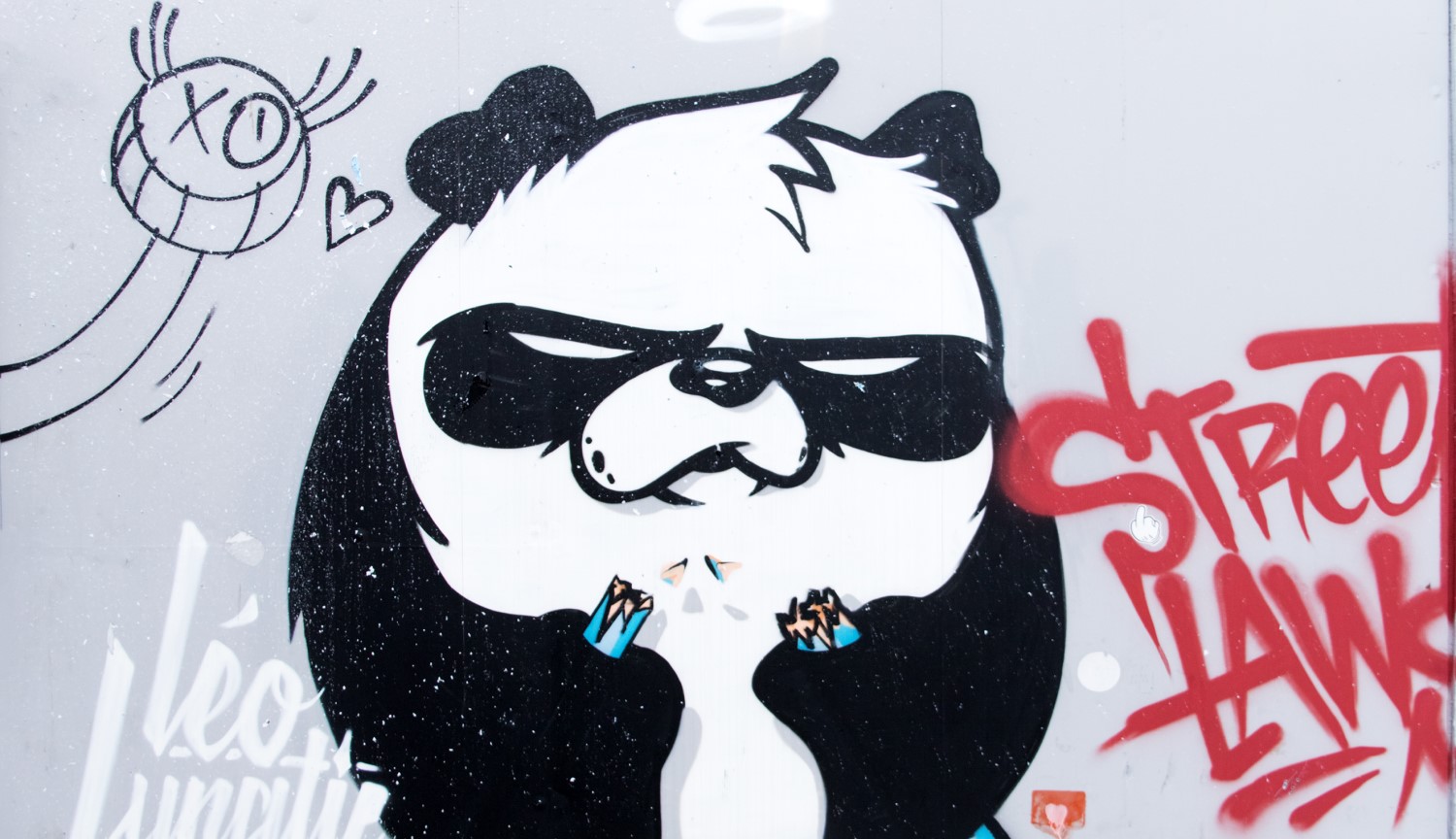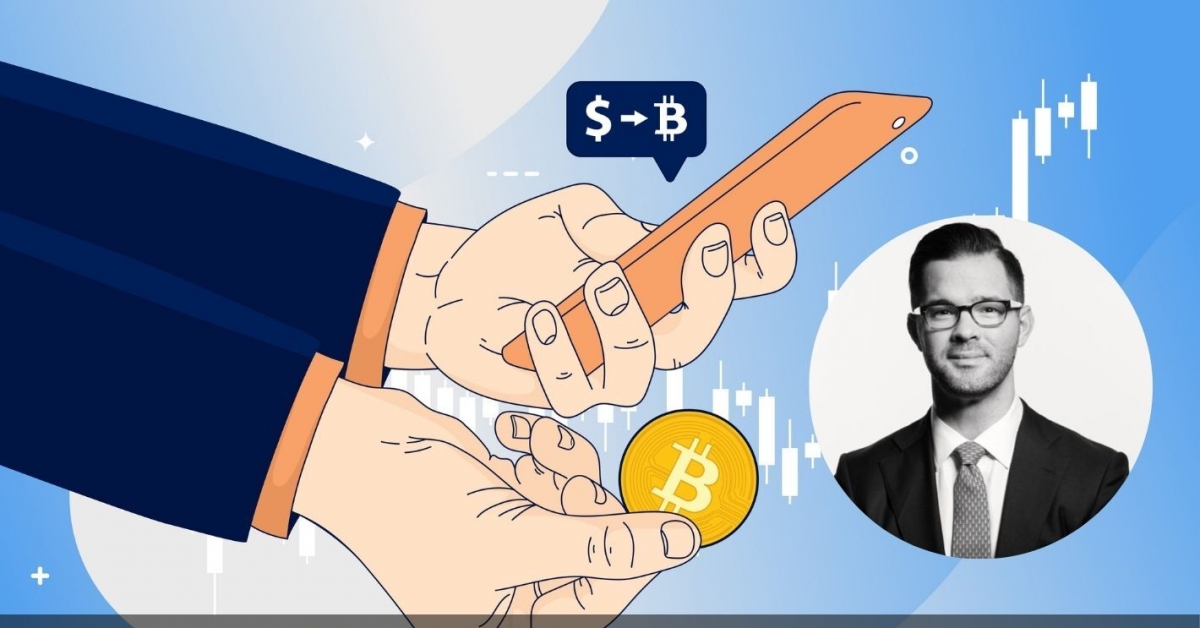Crypto Gamers Are Showing Little Interest in the Decentralized Nature of NFTs

A new report on the nascent ecosystem of blockchain-based games indicates that one of the model’s most-trumpeted characteristics — the ability to mix and swap data between games – isn’t panning out.
The idea of cross-overs between games isn’t exactly new. Series like Nintendo’s Super Smash Brothers perhaps best exemplify this approach, with familiar characters coming together in one game. But those characters are all under Nintendo’s control — and it’s this area that blockchain games promise a new paradigm, in which a player’s hard-earned progress could be utilized in one game and, as they choose, moved to another.
Indeed, Fred Wilson of Union Square Ventures wrote late last month about how anchoring intellectual property in games to a blockchain allows for “extensibility” in a recent post about Dapper Labs, the company behind CryptoKitties and Cheese Wizards, the company’s new tournament game.
He wrote:
“Imagine if developers could build new worlds/games/experiences on top of Fortnite and you could take your character, your weapons, your vehicles, etc with you into those new worlds/games/experiences.”
But this “extensibility” doesn’t seem to be happening – at least, not yet – according to the data that’s available thus far. Researchers for NonFungible.com have found that, generally speaking, most players in the non-fungible token (NFT) space have only tried one game so far this year.
That is to say, many collectors of NFTs or gamers don’t experiment beyond their first experience.
 Graphic from NonFungible.com’s report on player behavior. Used by permission.
Graphic from NonFungible.com’s report on player behavior. Used by permission.What the data is saying
In two reports published in the past month, the company conducted an analysis of on chain activity for the top 13 NFT games between January 1 to June 30 of this year.
The most recent report came out last Tuesday. It analyzed on chain gaming transactions over the course of the year (meaning actual activity that needs to be logged on a blockchain, such as minting a token, interacting with another token or other game specific mechnanics) and found that 91 percent of wallets have only interacted with one game since January.
The largest game, CryptoKitties, was also a pretty isolated game, with 81 percent of its players this year only playing that one game. Even for the least isolated games (Chainbreakers, Etherbots and Neon District), 40 to 45 percent of players in 2019 only played that one of those games.
The largest single group of overlapping users covered by the report are those that hold both CryptoKitties and Axie Infinity, the latter of which is similar to the popular Nintendo game Pokemon.
Similarly, the prior report that came out July 23 – which analyzed purchases of NFTs — found that 90.1 percent of users in that time period made trades on only one NFT game.
This latter data point is perhaps the most surprising, because of the speculative association with cryptocurrencies and digital tokens. One would naturally assume that any buyer who decided to get some exposure to one NFT would hedge that bet by purchasing others as well, so their portfolio had a better shot at holding the gaming token that really caught the mainstream imagination.
Unsurprisingly, the project that has had the broadest crossover effect has been the one with the most holders overall. CryptoKitties has more users who have tried other NFT games than any other community, but it’s still a small portion.
Too early to tell?
The home video gaming console has a history that goes back to 1967. The point being: it takes a while for new gaming formats to take hold.
David Pakman, a partner at Venrock, a longstanding venture firm, told CoinDesk in an email that the team behind CryptoKitties found that it had an extremely high proportion of new crypto users in its community. “Which is why we believe gaming is one potential crypto use case that can bring mainstream crypto adoption,” he wrote.
But it won’t happen instantaneously, he said, because “gaming, in general, is a very large and non-homogenous space.”
Margeurite deCourcelle cautioned that this space is only just finding its footing and it is also not just a gamer’s sector. deCourcelle, CEO of Blockade Games (which created Neon District, a multiplayer role-playing game), told CoinDesk:
“Since NFTs are used for all types of products ranging from digital art, game assets, digital real estate or even more abstract assets, the technology is fostering a diverse user base. The report captures that people are collecting and buying NFTs that are more inline with their user-type and not just for generalized NFT collecting.”
Patrick Rieger, CEO of Decentralized Concepts, the creators of Everdragons (a gaming platform that uses a shared universe of NFT characters) agreed with this point.
“For the effects of digital scarcity to catch on in a large scale, good tools for developers and end users are essential. Even if this will take a few more years, we see a bright future for NFTs,” he said.
Rieger also noted that we might not really be seeing a complete picture of the game space by limiting the analysis to on chain transactions. There’s ways to work around the network, and many games make use of it in order to make playing easier.
For example, Gods Unchained, a collectible card game on ethereum, doesn’t actually log cards on the world computer unless a player specifically decides to do so and activates them. This presumably saves costs for the sort of player who has no intention to take cards out of the play space.
Similarly, MLB Champions takes advantage of similar technological workarounds to improve user experience. “Our games all deploy an Ethereum virtualization layer called Scarcity Engine that allows new players to jump into the games without ETH or Metamask,” said Randy Saaf, CEO of Lucid Sight, a game shop that has made a number of other games as well, including a second NFT game called Crypto Space Commander.
Saaf also noted:
“The conclusion that [there is] less than 10 percent of overlap between various blockchain games seems correct to us. More people choose the game they want to play based on traditional genres they have enjoyed and blockchain is a value-add feature vs a smaller group of players who just want to play blockchain stuff.”
 Graphic from NonFungible.com’s report on traders. Used by permission.
Graphic from NonFungible.com’s report on traders. Used by permission.Analog precedent
But while the data suggests that the extensibility aspects of token-based games aren’t being taken advantage of, there’s precedent in the analog for this type of behavior.
Take Magic: The Gathering, the best-known collectible card game. Its creators, Wizards of the Coast, defined the basic game, but over time players came up with new games and formats that modify that original system. Most of these developments came about in a grassroots fashion, meaning that the players themselves were responsible for their popularity.
The cards are physical things. There’s no way for code to stop players from using them in different ways. In fact, the traditional deck of playing card has been spinning out new games since the 14th century.
But the NFT world has made a promise that we don’t really see even in analog gaming: mixing two analog games (such as taking the pieces from Monopoly and Sorry and creating a whole new game). That’s what NFT proponents appear to be hoping for, though. Take for example CryptoKitties’ forays into digital real estate and collectible card gaming.
But Finzer noted that some games are meant for such interactions, such as Chainbreakers and Cryptobeasties, which have been built from the beginning to rely on Decentraland, a virtual world where land ownership is defined by token possession.
If those take off, Finzer contends, users will start to catch on. If nothing else, Finzer foresees a kind of economic crossover that will at least improve everyone’s user experience, even if it doesn’t yield new games. When a gamer grows tired of a game, they will be able to trade their accumulated assets from one game with other gamers for stuff they do want in the next game they want to play.
“Our vision and hypothesis in starting OpenSea was there would be liquidity bleedover across these projects,” Finzer told CoinDesk.
Cheeze Wizards imagery courtesy of Dapper Labs








